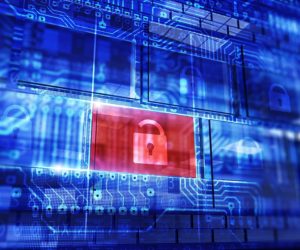
The government market has seen an unprecedented level of change in the past year. From integrating new technologies to adapting to new policies, government professionals need opportunities for collaboration and learning now more than ever. The event market has been adapting to all of these changes; here are some key trends we're keeping an eye on for 2026.
Shutdown and Travel Restrictions
The disruption of extended government shutdown threw a wrench in carefully crafted event plans. The annual meeting of the Association of the United States Army (AUSA), drawing 40,000 attendees, was scheduled as always, in the middle of October. Alex Brody, AUSA's director of events, shares, "We had 12-14 months to plan the event and then had two weeks to create alternatives and contingency plans." In the end, the event had full participation in terms of speakers and attendees. Brody is thankful that they now have solid contingency plans in place for any future disruptions, stating, "We now know how to operate in a shutdown."






